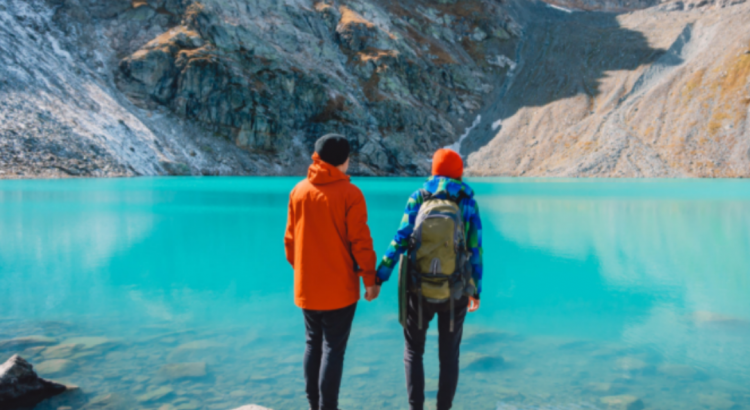Roughly 100 miles east of the town of Anchorage lies the Alaska Chugach Mountains, the second largest mountain range in the United States. These mountains, east of the Brooks Range, serve as a natural road for Alaska’s wildlife, famed for its many scenic overlooks. Although Highway 5, once a popular route for the logging industry, is little more than a dusty road these days, it was once a popular route for the Klondike gold prospectors in the last half of the nineteenth century. The area boasts many scenic overlooks and hunting areas. Visitors can still see some traces of the historic Klondike prospecting routes. Another feature that allows visitors to see the past is the presence of numerous old log structures, many of which are still in use by the state.
One of the steepest parts of the Chugach Mountains is the Madison River Forest, filled with trees like dark balsam fir, spruce and hemlock. The Madison River flows into the Chugach Sea, and the area is home to a host of wild animals, including moose, caribou, wolves and bears. Wildlife enthusiasts can see gray whales, porpoises, and sea otters at the Madison River Wildlife Area. The same area also offers hiking and camping opportunities.
Grays Beach State Park is one of the few parks that offers both fishing and wildlife viewing on its website. burgersandfishing.comallows visitors to see America’s largest colony of brown bears. Brown bears are shy and timid creatures that live in polar communities. This area also allows for sightings of escapee birds such as kestrels.

Nestled in the Tahquamenon National forest near the Minnesota/Wisconsin border, the State’s oldest state park, named for the Native American term for “crooked river,” is a place for both fishing and sightseeing. Visitors can see Fishing Lake, the home of the state’s bass fishing fleet, and can even take a tour through olden wooded trails that once served as a major transportation route. With such amenities as fishing, biking, skiing and boating, this is a state park that you would be hard pressed to leave without.
Located in the heart of Lake Superior National Lakeshore, fully developed Isle Royale National Park offers fishing, hiking, camping, boating and wildlife viewing. This area has more miles of lakes and waterfalls than any other state park in the country. In 1973, the There/`s/the Bear River split the park into two parks, the 2,085-square-mile Barbados Lake Park on the south shore and the 2,049-square-mile Isle Royale National Park on the north. As of 2005, over 2.5 million visitors had visited the park.
With so many awesome national parks to choose from, it is a good idea to get your state’s state parks here. You can get great RV campgrounds, lodges and outfitters in every state. Planning your trip ahead of time will keep your trip shorter and easier to handle. There are several resources available to help you do your research. The website of the park in your home state will be one of the best sources of information about the location and activities available.
Your local park superintendents office or the nearest park headquarters can be resources to get vital information about your chosen park. Both officials are well-informed about the sites. The Headquarters of the National Park Service is also one of the best resources for information. Your local park office can also aid you by providing a list of Ranger Districts which are available in your state or that are associated with the park.
Your state or local library may also be able to provide you with additional information about your chosen park. For example, if you are interested in the history and cultural attractions of your chosen park you may be well advised to visit the site of your choice to see if they have any documented information about the site. The world of parks may hold many mysteries that you as a visitor and your companions may be curious about. Your state or local library may be able to provide you with a list of individuals who have visited the site previously and may have additional information that you may be interested in learning.
This formula can also be used to find the best fishing destination for those who are stuck in the city limits. The formula is simple. subtracting 24 hours from your vacation time gives you a maximum time you can spend in the park before you start back up. So, for a week, say from mid- June to Mid- September, you can spend every second day you are able before you have to go back to work or school.
